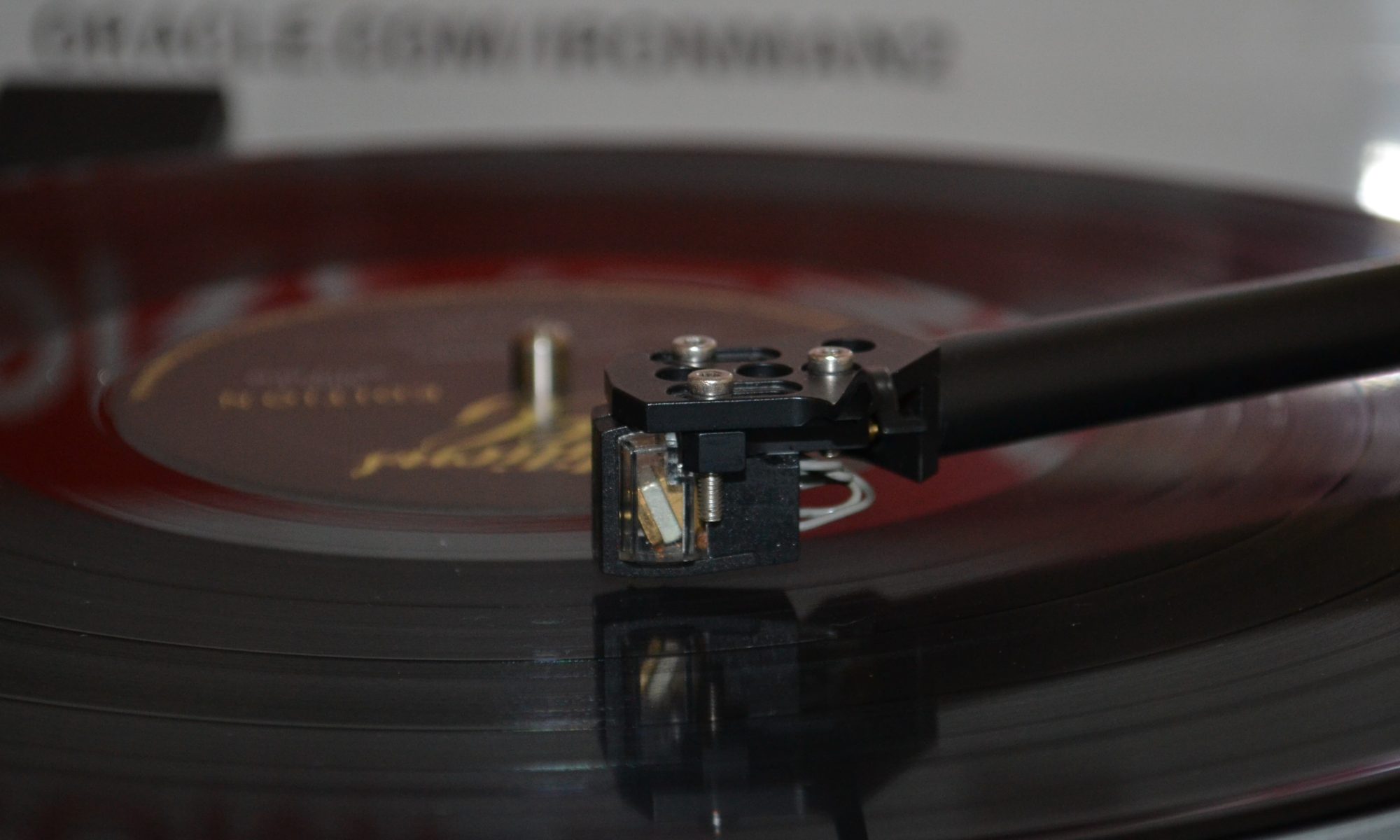Hi!
Long time since my last post. Been working long weeks for several months in a cloud migration project but just found some time to post about an interesting topic which I’m familiar with, network cables. For those who don’t know me, I have over 35 years of experience in IT infrastructure design and support (besides other specialties) in the financial, private, and public sector industries.
Also known as patch cords, network cables allow you to connect networked devices to a switch or patch panel, allowing network traffic to flow to/from between networked devices. Today, almost everyone has at least one patch cord in their house/business which allows you to connect more than one networked device (PC, printer, server, streamer, tv, etc.) to the internet.
One question I frequently get from friends and customers is if they should spend their hard earned cash in expensive patch cords / network cables for their streamers (Wi-fi only devices do not apply here), and my recommendation has always been to get a well built and certified cable, but do not spend hundreds, or even thousands of dollars in them. In my humble opinion it is a waste of money.
For example, banks have huge amounts of network devices and must ensure that networked data traffic is not affected by data packet losses which will affect networking performance which could cost them millions of dollars, but will not spend thousands, or even million of dollars in fancy network cables since they will ensure each network cable is certified by the installer. Large network installations usually get a fixed price per certified patch cord no matter its length (usually from $100 to $150 each). Network cable certification ensures that it performs to an certain standard specification (Cat5e, Cat6, Cat7, Catx) which has been more than proven in the industry. Speeds over 1Gbps (gigabits per second) can be achieved by most of these standards but are not required to stream music at all. In fact, 100Mbps is more than enough to stream a High Definition music file from a local source or from the internet.
On standards, the Ethernet port in which the patch cord connect is is galvanically isolated (as per the 802.3 standard) which ensures no interference or noise is propagated, and the TCPIP protocol has robust error correction algorithms which have been in place since its inception more than 40 years ago, and will ensure any corrupted data packet gets retransmitted and reassembled in the correct order.
This URL links to a document from Linn Products, manufacturer of one of the most acclaimed cost no object digital streamers, and their recommendation on network cables.
https://docs.linn.co.uk/wiki/index.php/Network_cable_definition
As they say in the above document,
‘Using higher spec cables will make no difference in the sound quality, but may be useful if the local network cable installation is going to be used with high bandwidth video streaming devices.‘
In summary, get a good certified network cable, but don’t spend ridiculous amounts of money on it.
Enjoy!
Vic

